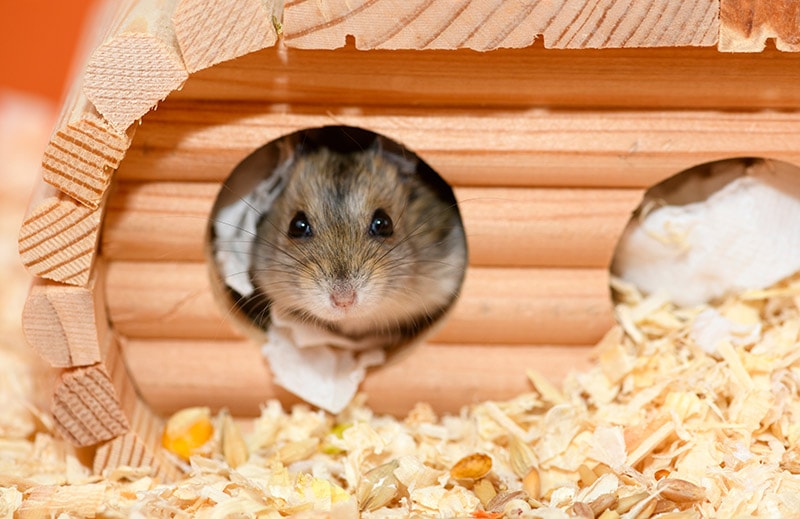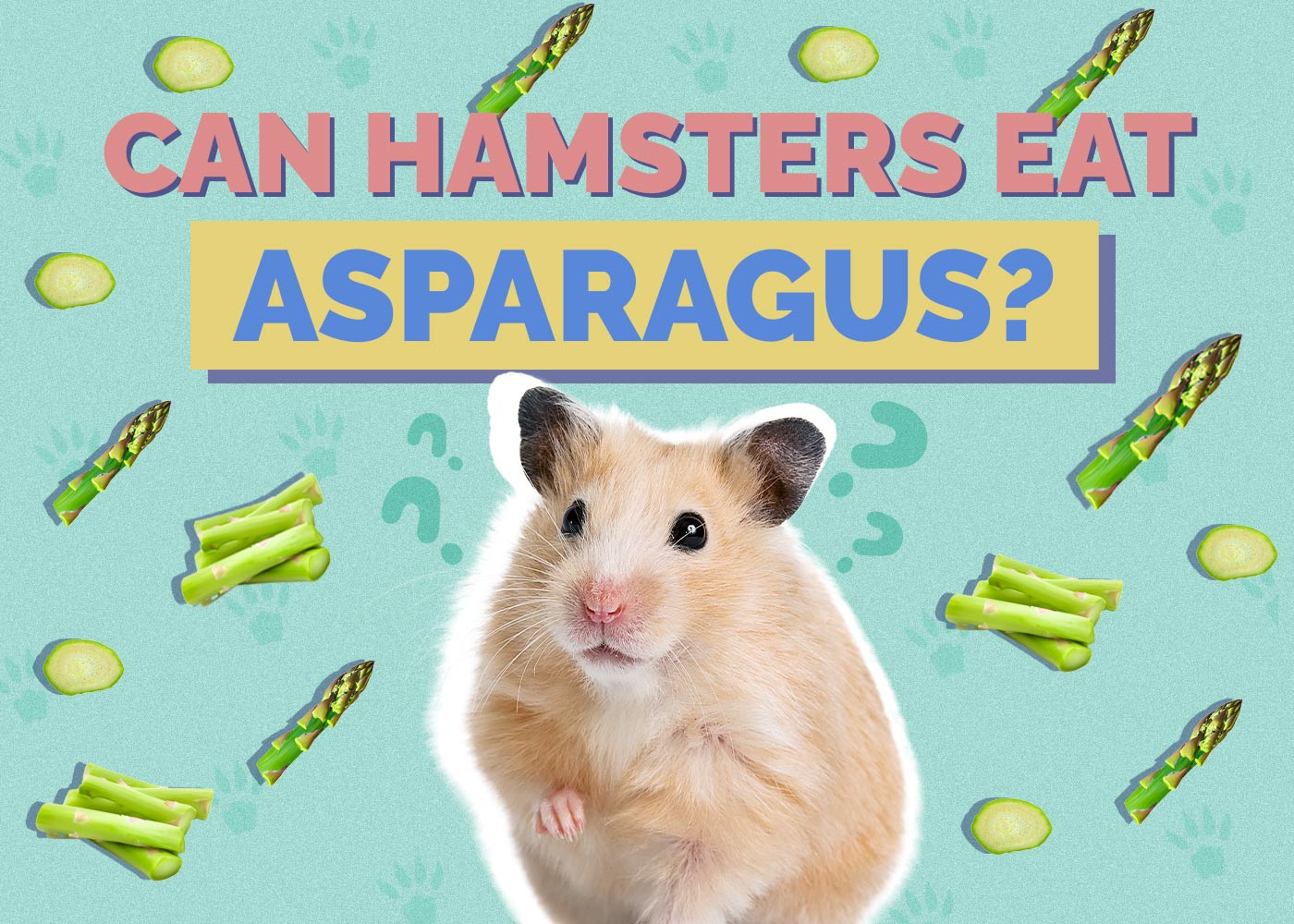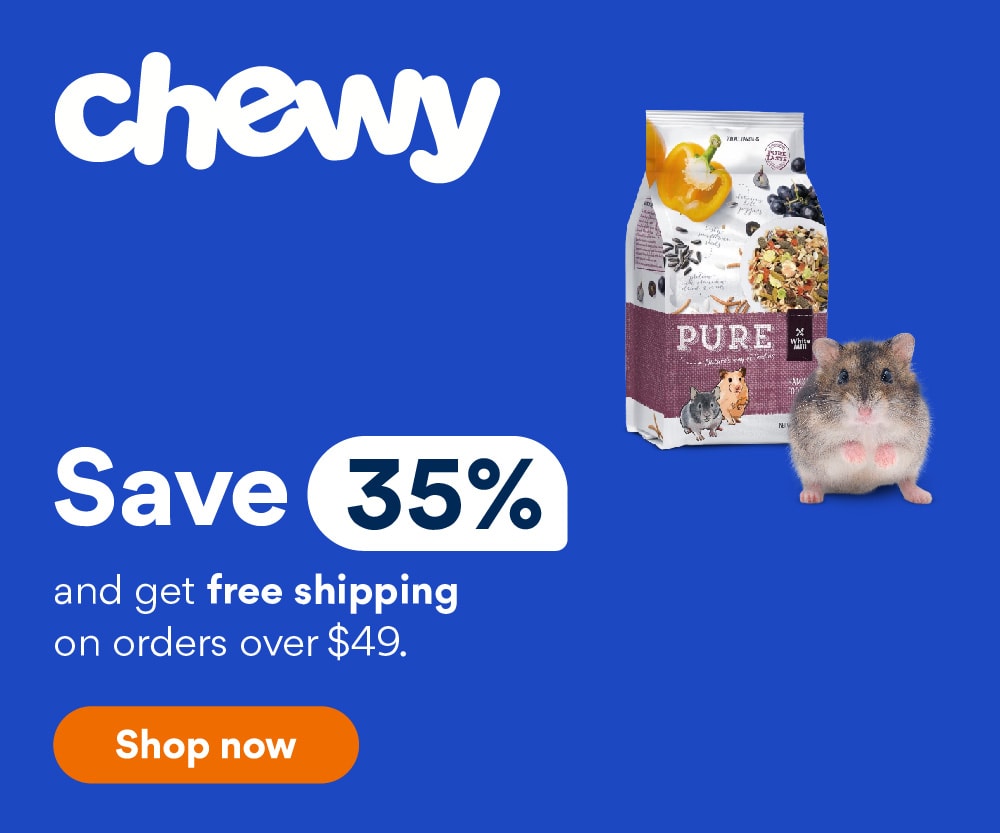Can Hamsters Survive in the Wild? Domestic Rodent Facts
Updated on
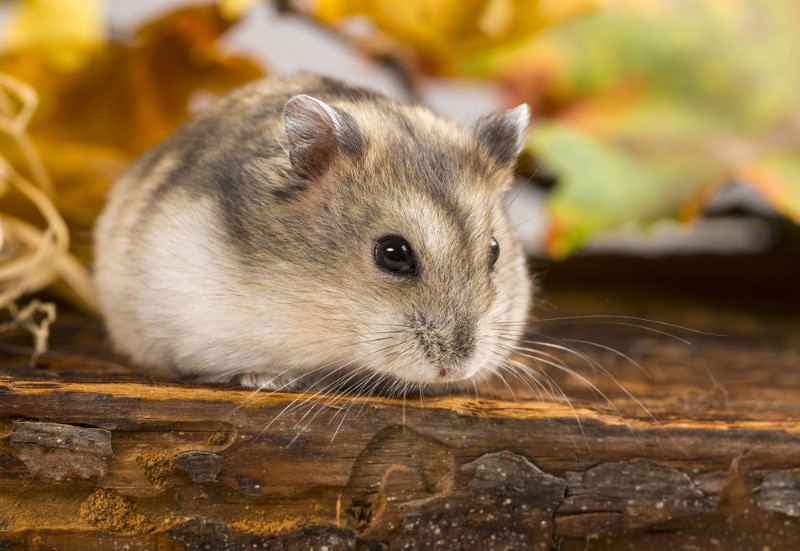
Click to Skip Ahead
The golden or Syrian hamster (Mesocricetus auratus) is one of the most popular pocket pets. We can trace the ones we have today to a litter of eight captured in 1930. These rodents once were—and some still are—wild animals. The latter’s population is confined to Turkey and Syria, which is listed as endangered by the International Union for Conservation of Nature and Natural Resources (IUCN)1.
Therefore, the short answer is that wild hamsters can survive in the wild, but you should never release your domestic hamster outside. Domestic hamsters are no longer equipped to survive in the wild and may suffer from predation or an inability to find food.
Hamster Habitat in the Wild
Understanding the survival of domestic rodents requires knowing what hamsters are adapted to endure. The climate of their native habitat is characterized by seasonal changes, with hot summers with significant diurnal temperature shifts during the day and relatively cold, wet winters when these areas receive the bulk of their precipitation.
One of the survival strategies that has helped the rodents is burrowing. Scientists have documented structures over 40 inches deep and 30 feet long2. These burrows help provide protection from predation and weather, as well as a safe place to store food. Hamsters in the wild rely on foraging of seeds, plants, and insects to survive.
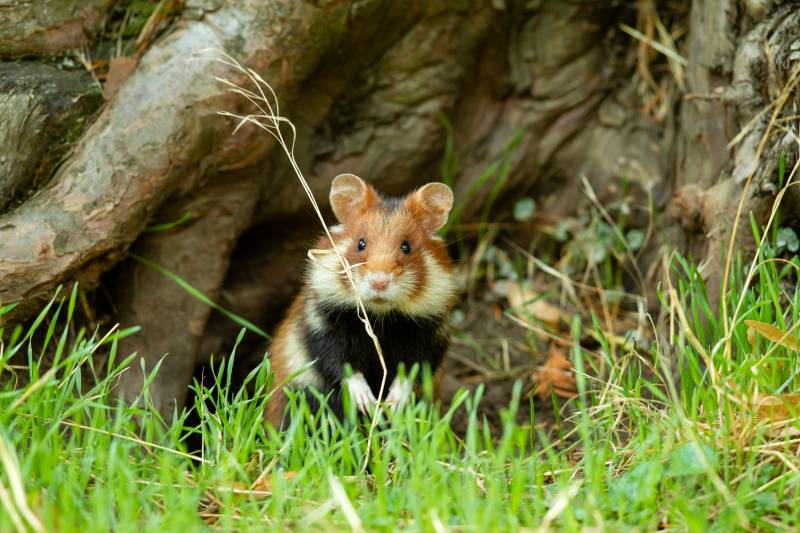
How Hamsters Survive These Conditions
As we just said, golden hamsters are omnivores with a diet that consists of grains, nuts, seeds, and insects. That makes them somewhat opportunistic, which is an advantage. Hamsters also cache food. Undoubtedly, you’ve noticed your pet with its puffed-out cheeks. It’s the animal’s survival strategy in action. Storing food ensures it has something to eat if conditions interfere with regular foraging.
Animals have different solutions for dealing with adverse conditions. Birds migrate to warmer climates and plentiful food sources. Nile crocodiles bury themselves to escape the heat. Others, like bears, pack on fat during the fall and hibernate over winter. Wild hamsters have a similar strategy, although it is not true hibernation. Instead, they go into a state of torpor or inactivity to conserve energy. Wild hamsters typically go into torpor when temps fall below 41℉.
Domestic Hamster Survival
Domestic rodents, on the other hand, have been bred and raised by humans. They haven’t had to forage for food, it is just given to them. They haven’t had to seek shelter from adverse weather or predators. Instead they live in a safe, often temperature controlled enclosure. So, even though they may maintain some survival instincts that their wild relatives use, they more than likely wouldn’t be able to survive if released in the wild.
Not only that, but releasing them in the wild in an environment that is unlike the natural one of wild hamsters, means that the food and the weather may not coincide with that of their wild relatives. So, if they had the instinct to forage, the food supply would more than likely not be ideal and may lead to malnutrition.
In addition, releasing a domestic hamster into an environment that does not have wild hamster populations may cause problems with the local ecosystem. It may also be illegal to release a pet into the wild depending on your country or state regulations.
Understand that you should never release a domestic hamster in the wild. It is always better to relinquish them to a rescue where they have a chance of finding an owner who can give them the life they deserve.
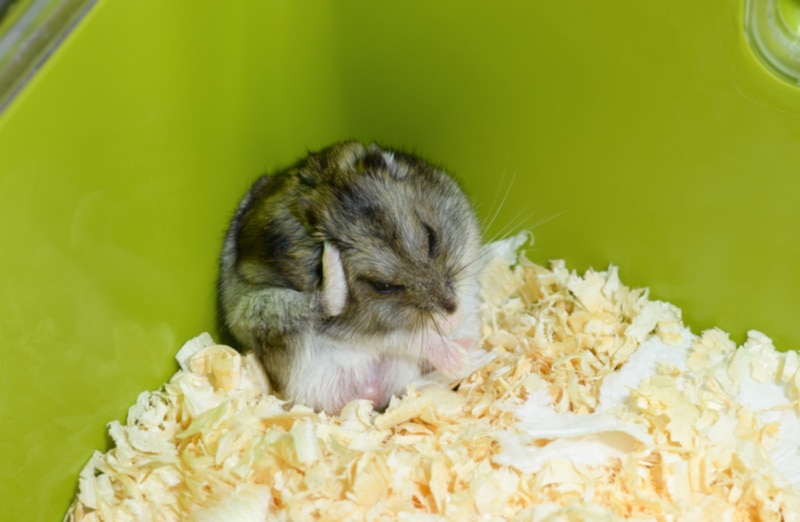
Final Thoughts
Our pet hamsters descended from wild rodents, but they have lost many of the characteristics that would allow them to survive in the wild. For this reason, pet hamsters should not be released outside, but rather taken to a rescue, shelter, or veterinarian if they can no longer be cared for by their owners.
Featured Image Credit: Kuttelvaserova Stuchelova, Shutterstock



